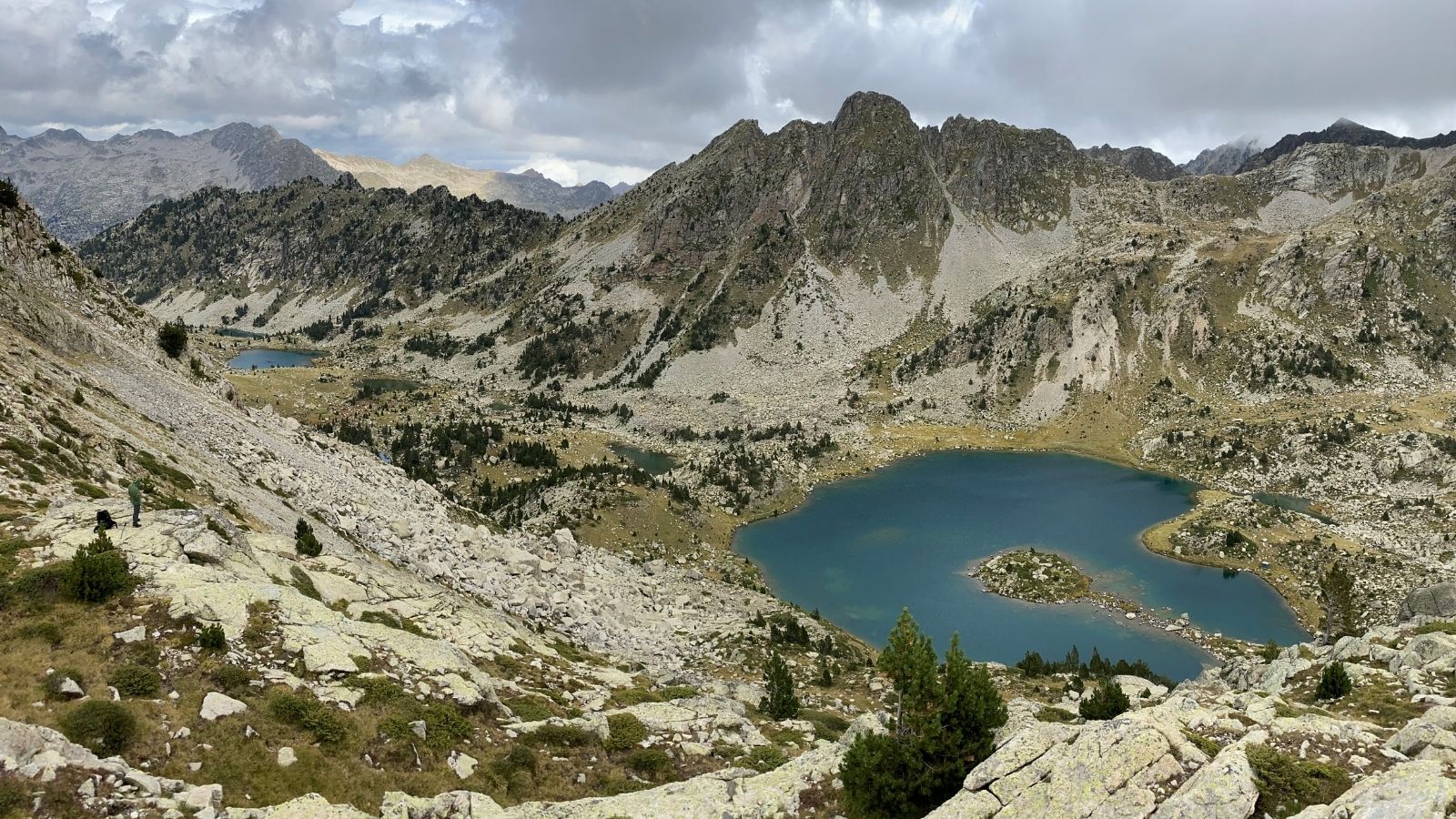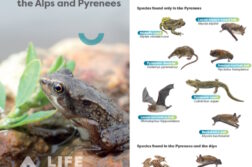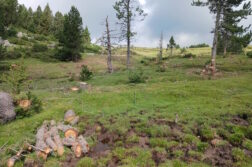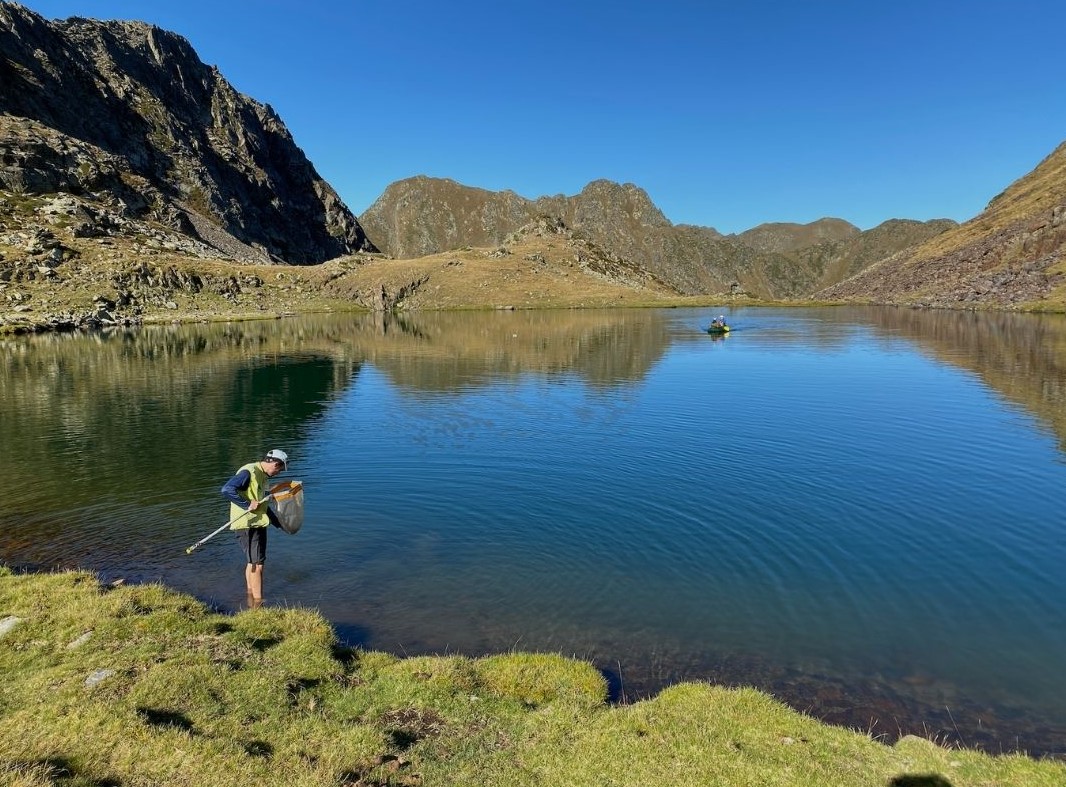Last Saturday, May 28, the presentation of the LIFE RESQUE ALPYR project took place at the Ecomuseum of the Valls d’Àneu (Esterri d’Àneu). The event was attended by Pere Ticó, Mayor of Esterri d’Àneu; Salvador Tomàs, Mayor of Lladorre; Marc Vilahur, Director General of Environmental Policy and the Natural Environment; Josep Queró, President of the Alt Pirineu Natural Park and Marc Ventura, researcher at the Blanes Center for Advanced Studies of the Consell Superior d’Investigacions Científiques (CEAB-CSIC) and coordinator of the project.
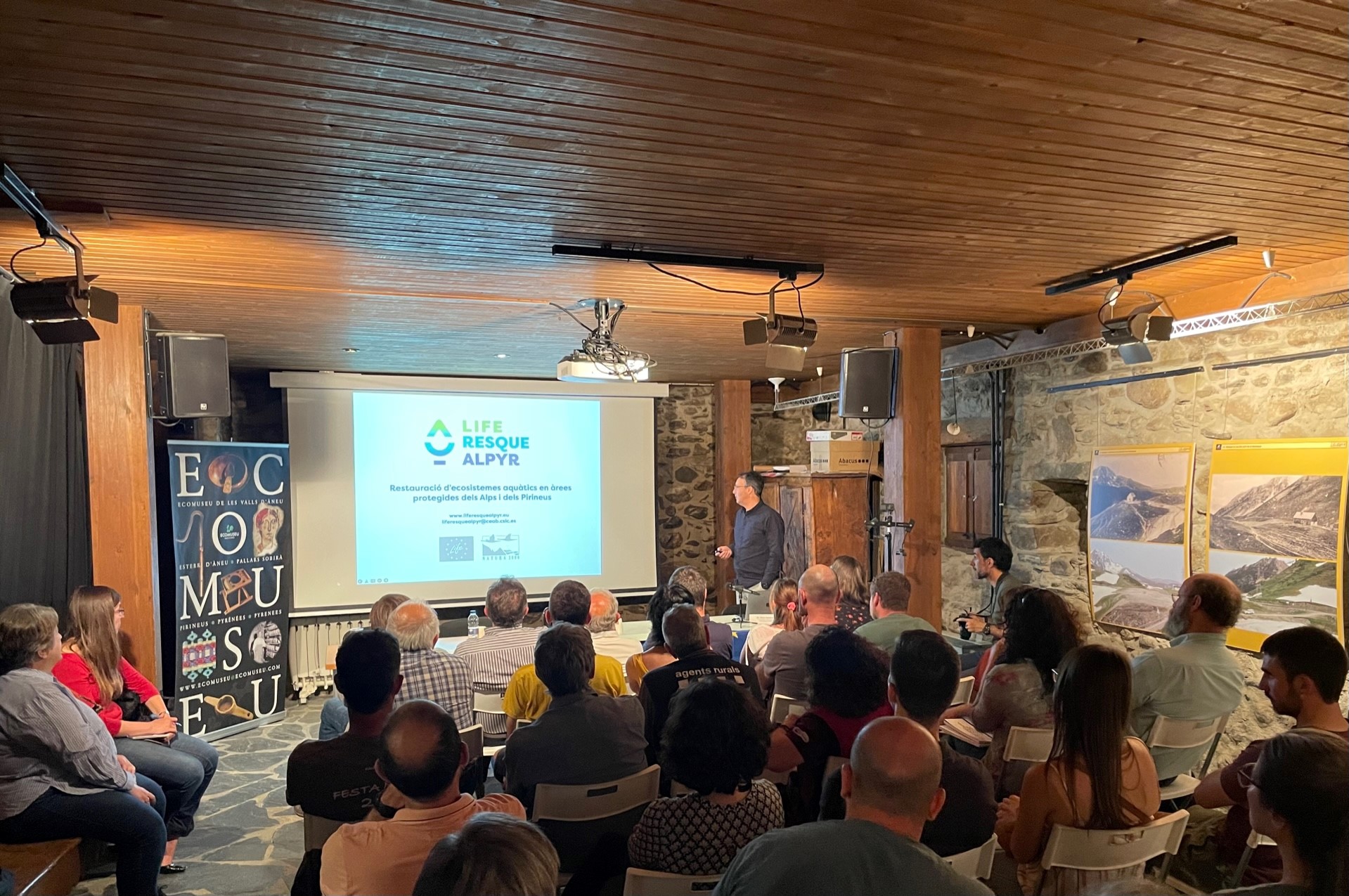
The project, which began last January and will last 5 years, is aimed at recovering mountain aquatic ecosystems by improving the conservation of various habitats and target species in four locations in the Natura 2000 network of the alpine biogeographical regions. of the Pyrenees and the Alps.
In the areas of action, which are the Aigüestortes and Estany de Sant Maurici National Park and the Alt Pirineu Natural Park in the Catalan Pyrenees and the Parco Nazionale Gran Paradiso and the Parco Naturale Mont Avic in the Italian Alps, an investment of 4.7 million euros, of which 60% (2.8 million euros) will be contributed by the European Union over the duration of the project.
In addition to the CEAB-CSIC as coordinator, in the Catalan part the project has the participation of the Department of Climate Action, Food and Rural Agenda of the Generalitat de Catalunya, the Department of Agriculture, Livestock and Miei Naturau of the Conselh Generau d’Aran, the University of Barcelona, the IDAEA-CSIC, the companies Forestal Catalana and Sorelló Estudis al Medi Aquàtic, and with the association La Sorellona. As for the Italian part, it has the participation of the Mont Avic Natural Park, the University of Pavia and the Water Research Institute of the National Research Council (IRSA-CNR). In addition, the Andrena Foundation, the Gran Paradiso National Park and the Espot and Lladorre Town Councils are participating as co-financiers.
Habitats and species at risk
The LIFE RESQUE ALPYR project aims to restore and improve the conservation of high mountain aquatic habitats, focusing mainly on ponds, alpine and subalpine meadows, peat bogs and carbonated springs. The project is a continuation of two previous LIFE projects, the LIFE LIMNOPIRINEUS (www.lifelimnopirineus.eu) in the Pyrenees and the LIFE BIOAQUAE (www.lifebioaquae.eu in the Alps. Among the target species to be protected are amphibians such as the red frog, the totil and the Pyrenean newt, which is a Pyrenean endemic, the muskrat, an aquatic mammal endemic to the Iberian Peninsula, and seven insectivorous bats threatened by anthropogenic pressure in the two study areas between which we can find the forest bat, the long-nosed bat and the alpine long-eared bat.
Marc Ventura, researcher in the Department of Continental Ecology at CEAB-CSIC and coordinator of the project, explains that “the target habitats and most species have a fragmented distribution, are found in small areas of the European alpine biogeographic area, and are they are affected by anthropogenic pressures. ” The main threats include the proliferation of non-native fish species such as trout and venom in high mountain lakes that originally lacked fish fauna; the overcrowding of livestock around springs, ponds and wharves, the afforestation of wharves and the abandonment of traditional uses of mowing in subalpine meadows.
Among the different actions of the project will be the eradication of non-native fish, especially mackerel, in some high mountain lakes using mechanical methods such as nets, traps and electric fishing and also with a pilot test using an organic and biodegradable pesticide. such as rotenone. Other actions will include the selective mowing of meadows, the management of livestock grazing in peatlands and semi-aquatic habitats, and the improvement of the conservation status of wetlands through deforestation.
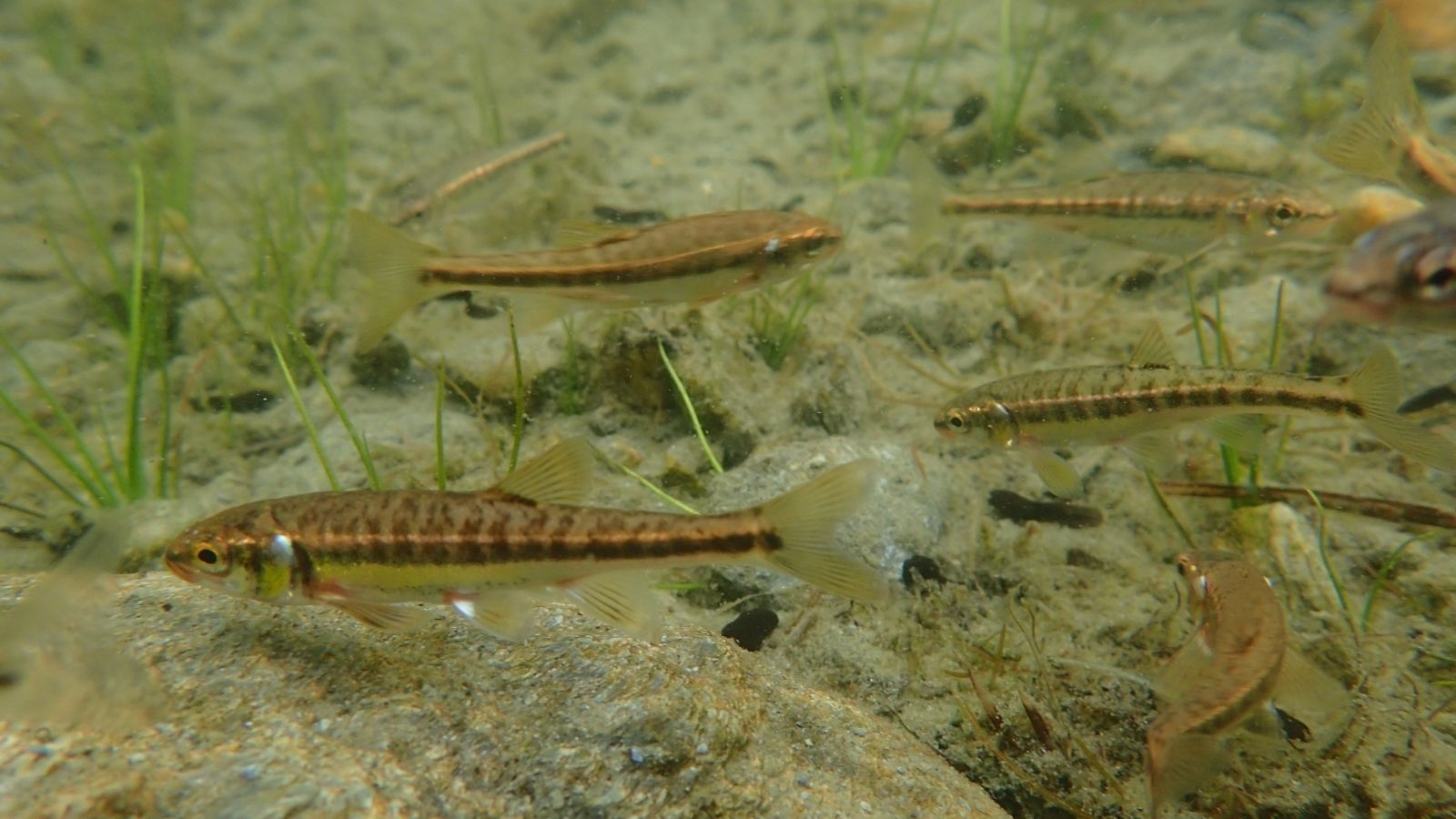
The project will offer conservation actions that can be replicated and exported, and will carry out awareness-raising and dissemination actions detailing the conservation problems of the different areas and species through permanent exhibitions in Lladorre and Espot, among others. At the same time, it will promote the transfer of acquired knowledge to other high mountain areas and to European conservation authorities.


